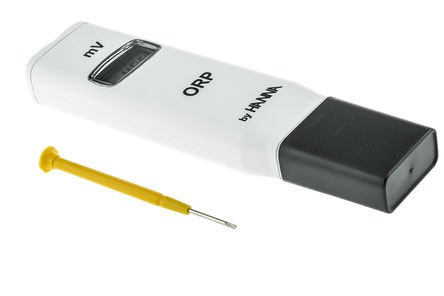pH and ORP Measurement in Swimming Pools
The basic requirement of swimming pool water is that it should be as good as drinking water. Sanitation is accomplished by a variety of different techniques such as chlorine and ozone dosing systems of which the former is the most common.
For most pools, the water will be balanced if the pH value is maintained within the recommended ranges of pH 7.2 – 7.6. If it is within the recommended range and the water is not balanced, the alkalinity is either too low or too high. Ideally the alkalinity should be maintained within a range of 80 – 125 ppm.
Ideal Pool Condition
Though the requirement in various parts of the world may vary considerably, the commonly accepted ranges for the monitored parameters in swimming pool are as follows:
| Parameter | Range |
| pH | 7.2 – 7.6 |
| Alkalinity | 80 – 125 ppm |
| Hardness | 200 – 270 ppm |
| Free Chlorine | 0.6 – 1.0 ppm |
| ORP | > 700 mV |
| Temperature | 24-28 °C |
ORP (Oxidation Reduction Potential) or Redox is used in pool water treatment as an indication of sanitation in relation to free chlorine parameter. ORP technology has gained recognition worldwide and is found to be a reliable indicator of bacteriological water quality. The table below illustrates the Kill Time of E.Coli bacteria as a function of ORP value. With a value of 600 mV, the life of the bacteria is almost 2 minutes; at 650 mV it reduces to 30 seconds. Above 700 mV the bacteria is killed within a few seconds. It is therefore necessary for the water to have an ORP value of at least 700 mV to ensure good water quality.
ORP value also depends on the pH of pool water. Normal values lie between 7.2 and 7.6 pH with a tendency to increase to around 8.0 to 9.0 pH depending on the level of contamination. The pH of the pool water has to be maintained at the optimum level between 7.2 and 7.6 pH by dosing appropriate chemicals. If the pH of the swimming pool water is acceptable and the ORP value is below 700 mV, hypochlorite or other oxidising chemicals need to be added.


